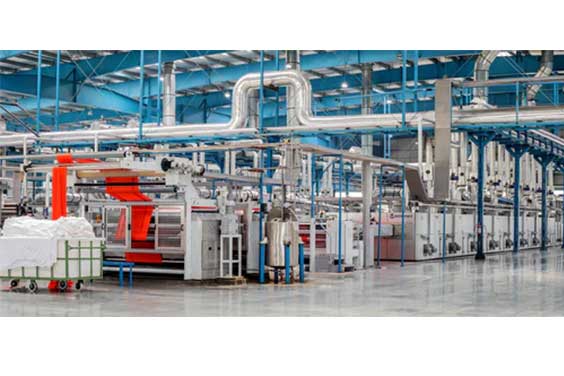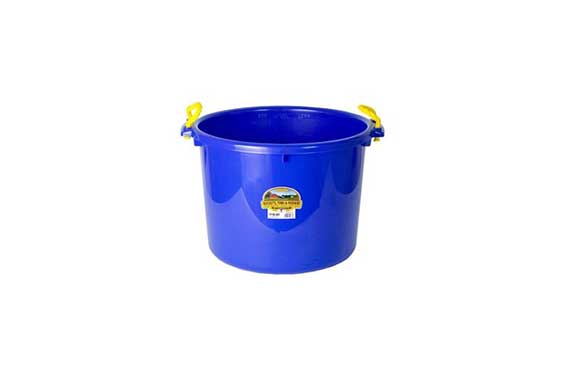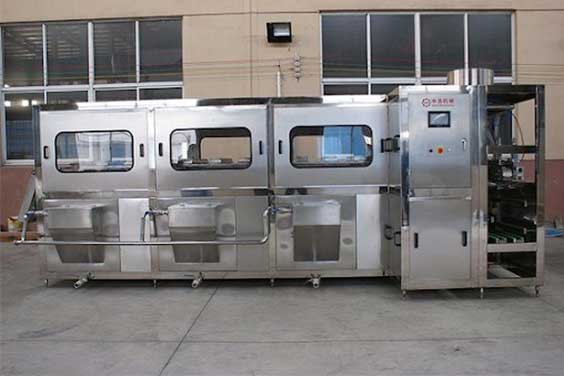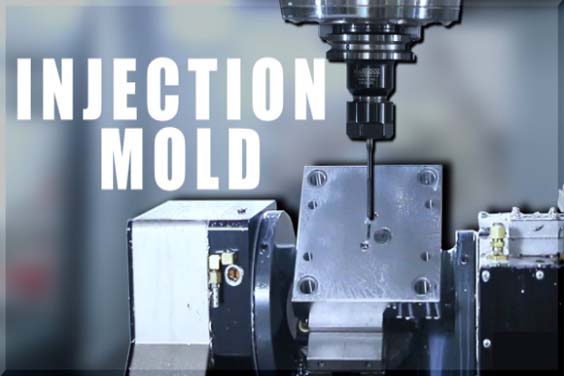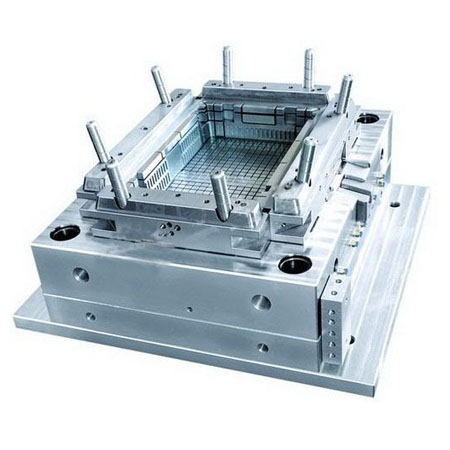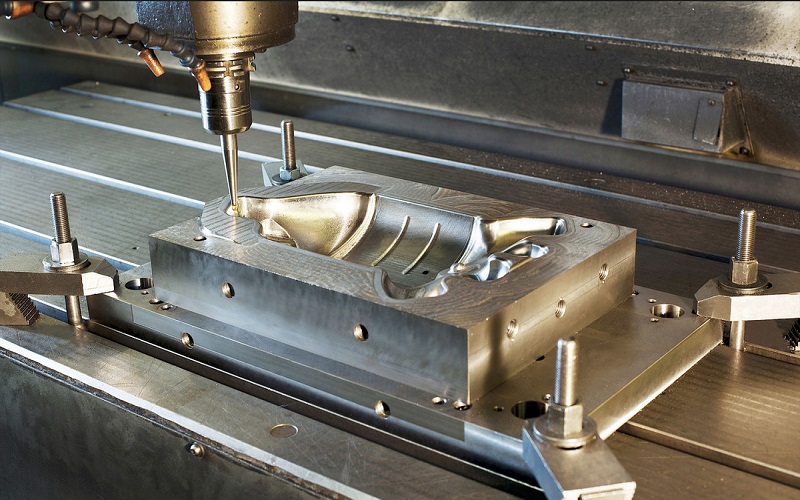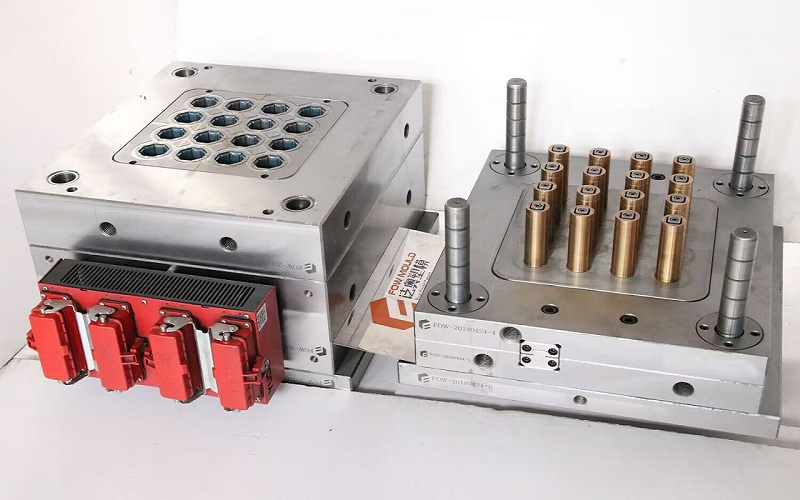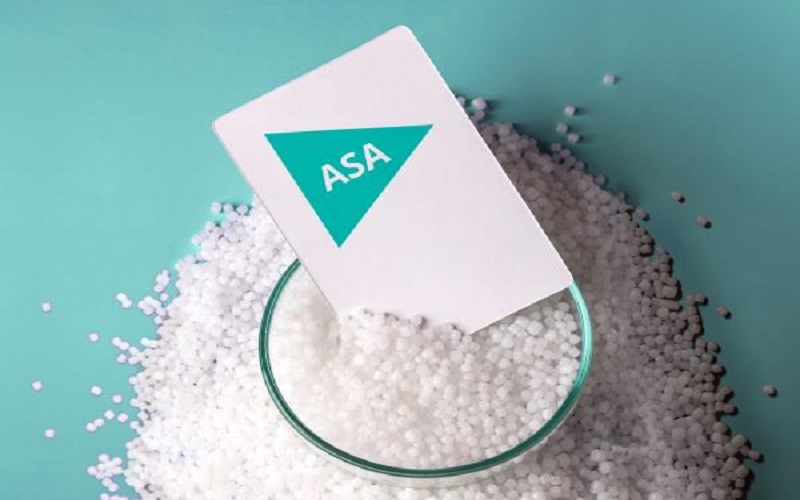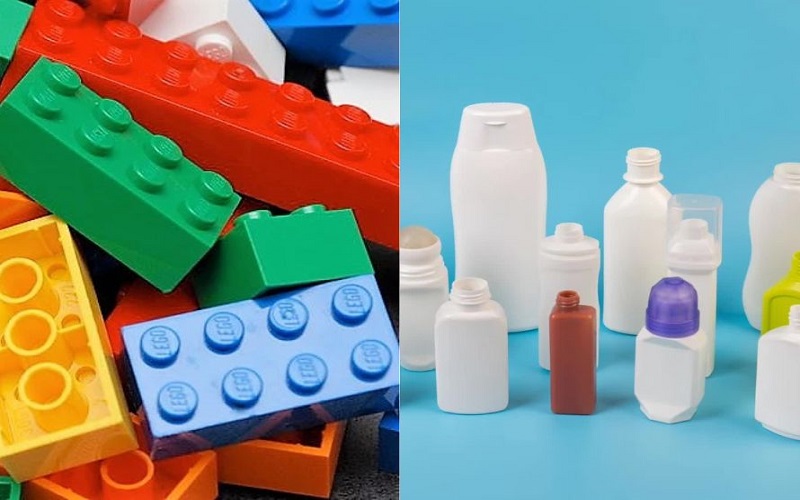
Plastic Bucket Manufacturing Process: How Plastic Bucket Is Made
- Home
- > Blog
Share :
Share :
Plastic buckets are tiny to medium-sized portable circular containers used for transporting or storing a variety of goods in modest quantities. All plastic containers are made using either blow molding or plastic injection molding service equipment.
A lot of buckets are constructed of high-density polyethylene. HDPE is a long-lasting, non-reactive thermoplastic that can withstand impact and harsh weather conditions either in transit or storage.
Let’s walk through the plastic manufacturing process, detailing each minor process that you might need to know. Read on to find out more.
How to Choose What Plastic Manufacturing Process to Employ
Take the following criteria into consideration while selecting a production process for plastic bucket mould:
- Form: Do your items have complicated interior features or stringent tolerance demands? Depending on the properties of a configuration, manufacturing possibilities may be limited, or considerable design for manufacturing (DFM) modifications may be required to make it cost-effective to manufacture.
- Volume/cost: What is the total or yearly volume of parts that you want to produce? Some manufacturing techniques involve significant upfront costs for tooling and setup yet generate low-cost per-part parts. Cheap volume manufacturing methods, on the other hand, have low starting costs, but because of lengthier cycle times, limited automation, and human labor, cost per component remains unchanged or only minimally lowers as volume grows.
- Lead time: How fast do you require parts or finished goods? Some methods produce initial components in as little as 24 hours, but tooling and set up for some high-volume manufacturing processes might take months.
- What pressures and strains will your product have to withstand? A variety of factors influence the best material for a specific application. The cost of the project must be weighed against the practical and aesthetic criteria. Consider the optimal qualities for your individual application and compare them to the options accessible in a given production process.
Popular molding processes for plastic buckets and other containers include;
- Extrusion Blow Molding - An extruder forms a round, hollow cylinder or parison in extruder blow molding. A two-part mold cavity wraps all around the parison and clamps off one end. The air compressor stretches the parison, causing it to adhere to the cold mold external wall. Whenever the mold has cooled sufficiently, it is opened, and the containers are extracted and trimmed of any extra plastic or flash.
- Injection Blow Molding (IBM) - The injection blow molding (IBM) method is used to create hollow plastic items.
- Stretch Blow Molding - Stretch blow molding is based on either the injection or extrusion blow molding processes. A precursor parison is formed in either scenario and then moved to a blow molding chamber.
- Injection Molding - Injection-molded vessels can be smoothened or tapered, with narrow or broad mouths. Pressure makes the resin adapt to adhere to the mold core when it is introduced into a cavity.
Market Potential
Plastic combs, mugs, buckets, and containers are considered home necessities. According to the 2001 census, the North-Eastern region of India has a population of 3.90 crore people. Given that the home consists of five individuals, the total number of households in the region is 78,00,000.
Again, assuming that there is a replacement need for these products by at least 30% of the total number of homes each year, the demand for these items on this basis equals 23,40,000 numbers. This could be in addition to the annual increase in demand for these products by at least 15% of the total number of households, which stands at 11,70,000.
Plastic Bucket Manufacturing Process
All plastic containers are made using either blow molding or injection molding equipment. A lot of buckets are constructed of high-density polyethylene. HDPE is a long-lasting, non-reactive thermoplastic that can withstand impact and harsh weather conditions either in transit or storage.
In blow injection molding, raw HDPE polymer, known as stock at the start of the molding process, is fed into a hopper. The stock is then directed by the hopper into a conveyor tube, where a huge screw pushes it toward a mold. The mix of contact & pressure warms the stock as the screw spins.
This heat treatment, along with the additional heat produced by heating elements installed along the channel, warms the stocks to the threshold of liquefaction. The liquid stock now fills a mold cavity and develops form.
After that, pressurized air is pushed into the cavity, hollowing out the center of the plastic mold. The item is cooled and hardened when the molding process is completed. It is then expelled from the mold, cleaned of any defects (if any), and either dispatched or moved for further processing.
Plastic buckets, like cups and containers, can also be produced on a semi-automatic extrusion blow molding machine. The key process phases are as follows:
- Polymer granular form is exposed to heat and pressure in an extruder.
- Semi-molten plastic in an extruder is fed through a cylinder known as a Parison. Adjustments must be made in the equipment to alter the diameter of the parison.
- An appropriate parison is then put into a female mold, and the air is blasted into the parison to push the molten plastic against the walls of the mold.
- The materials are then cooled before being removed from the mold, and the product is cut to eliminate flashes.
The following are the major phases in the production of plastic combs:
- Polypropylene is supplied into the molding machine's hopper, which houses an injection component and a multi-cavity mold system.
- The mold is held amid two platens that are held shut by the locking pressure.
- The plasticized substance in the barrel is pumped under increased pressure into the mold, resulting in a molded object, such as a comb.
- The combs are then completed by eliminating the injection feed and so on.
- The combs are used for the second stage of processing activities.
- The combs are then placed within a plastic water-proof sheet cover.
Machinery
The following are the key pieces of equipment required by the unit for the production of mugs, buckets, and containers:
- The equipment was chosen with capacity and other process concerns in mind. Semi-automatic extruder blow molding equipment with;
- 500 mm extruder, 10 horse-power motors, dynamic speed drive, and electrically controlled cabinets.
- Cross-headed dies with single, doubled, and tripled cores, as well as a spanner.
- Mold closure and opening mechanism using hydraulics
- A compression mechanism with 5 horse-power motors
- A water pump with 1 horse-power motor
- Molding, dies, and other tools.
The following are the major pieces of equipment needed to make plastic combs:
- Sub-automatic hydraulic injection machine weighing 120 g, equipped with all attachments. With a 1.5 horse-power motor, the average capacity is 15 kg per hour.
- Scrap grinder with a three-horsepower motor.
- Machine for buffing, polishing, and hot stamping.
- Moldings (4 sets)
- Small hand tools, lubricant, and cooling equipment
- Micrometers, balances, and other testing equipment
Table of Contents
The Bottom Line
Plastic bucket molding should preferably include the use of mold making technology in their manufacturing. Bucket manufacturing is critical since these items are widely utilized in-home activities such as water storage and other packaging procedures.
The above procedure explains how to create your own plastic buckets; all you need is a molding machine (size depends on your production demands) from a reputable plastic molding OEM, polymer/plastic, and enough time and patience to study and go through the manufacturing process outlined above.

